Humble giants of leadership

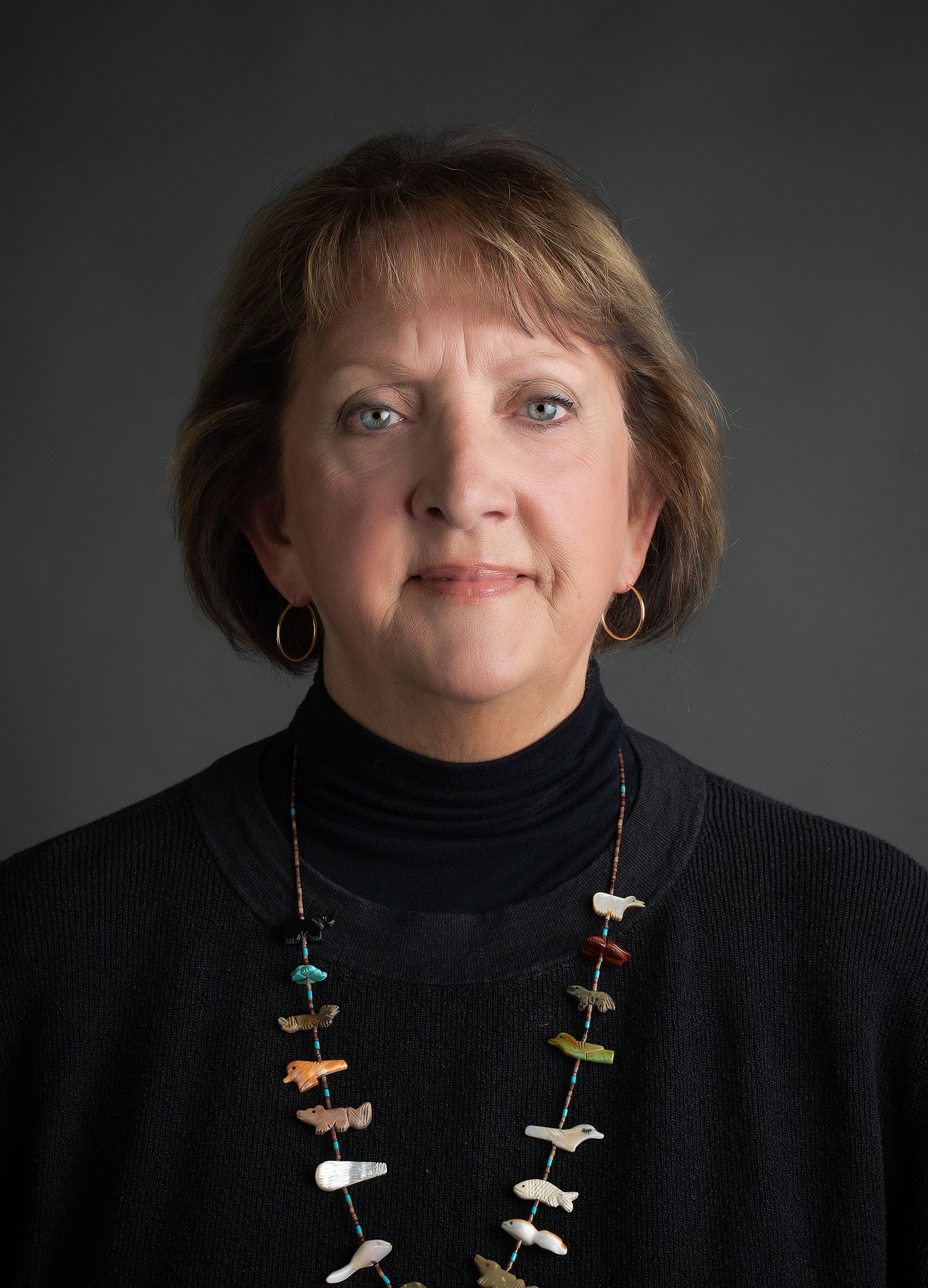
Judith M. Mathias, MA, RN
Judith M. Mathias, MA, RN
These articles are intended to inspire nurse leaders to achieve the highest levels of success in their careers and to be excellent role models for their staffs.
This article introduces the leadership philosophies of General James N. Mattis, USMC (Ret) & 26th US Secretary of Defense. General Mattis’ effectiveness and success as a leader of Marines can be applied to leaders in any field, including the healthcare industry.
Leadership is an elusive concept that, at times, can be vague and ambiguous. There are no set rules to follow. There are only guidelines, concepts, and ideas. This is why leading people can be difficult to master and teach, and why there is such a great need for role models.
To lead successfully, one must study individuals who are recognized as successful leaders—those who have demonstrated their abilities with tangible results.

Growing up in Illinois, I was raised on the history, writings, and speeches of Abraham Lincoln. There is a monument in my home town on the spot where Lincoln spoke in August 1858, when running against Stephen Douglas for the Illinois Senate.
As a girl scout, I visited Lincoln’s home in Springfield, where he lived with his wife and sons; New Salem, where he grew up; and his grave site, where he rests.
Until the 1970s, when the study of leadership began to be examined, little was written about Lincoln’s extraordinary leadership abilities. Some of his abilities were natural, and others were consciously developed over the course of his life as he refined his ability to persuade, direct, and motivate people.
General James Mattis
Like Lincoln, General James Mattis, a four-star general in the Marine Corps and the 26th US Secretary of Defense, knew how to lead. He was a well-respected and popular military leader long before the civilian world ever heard of him or his leadership style.
He is known as a compassionate and humble leader who motivates and empowers subordinates and strives to make them equals.
When I read Mattis’ new book, Call Sign Chaos: Learning to Lead, I was struck not only by the similarities between his leadership style and Lincoln’s but also by the similarities in qualities needed for successful management of an OR suite. Comments from the following individuals provide context for applying these leadership qualities to the OR:
- Casey Orth-Nebitt, BSN, RN, CNOR, director of surgery, Buena Vista Regional Medical Center, Storm Lake, Iowa.
- Adrienne Snyder, MSN, RN, CNOR, perioperative services clinical manager, Lutheran Medical Center, Wheat Ridge, Colorado.
- James Stobinski, PhD, RN, CNOR, CSSM(E), chief executive officer at Competency & Credentialing Institute, Denver, Colorado.
- Patricia Seifert, MSN, RN, CNOR, CRNFA(E), FAAN, independent cardiac consultant, Falls Church, Virginia.
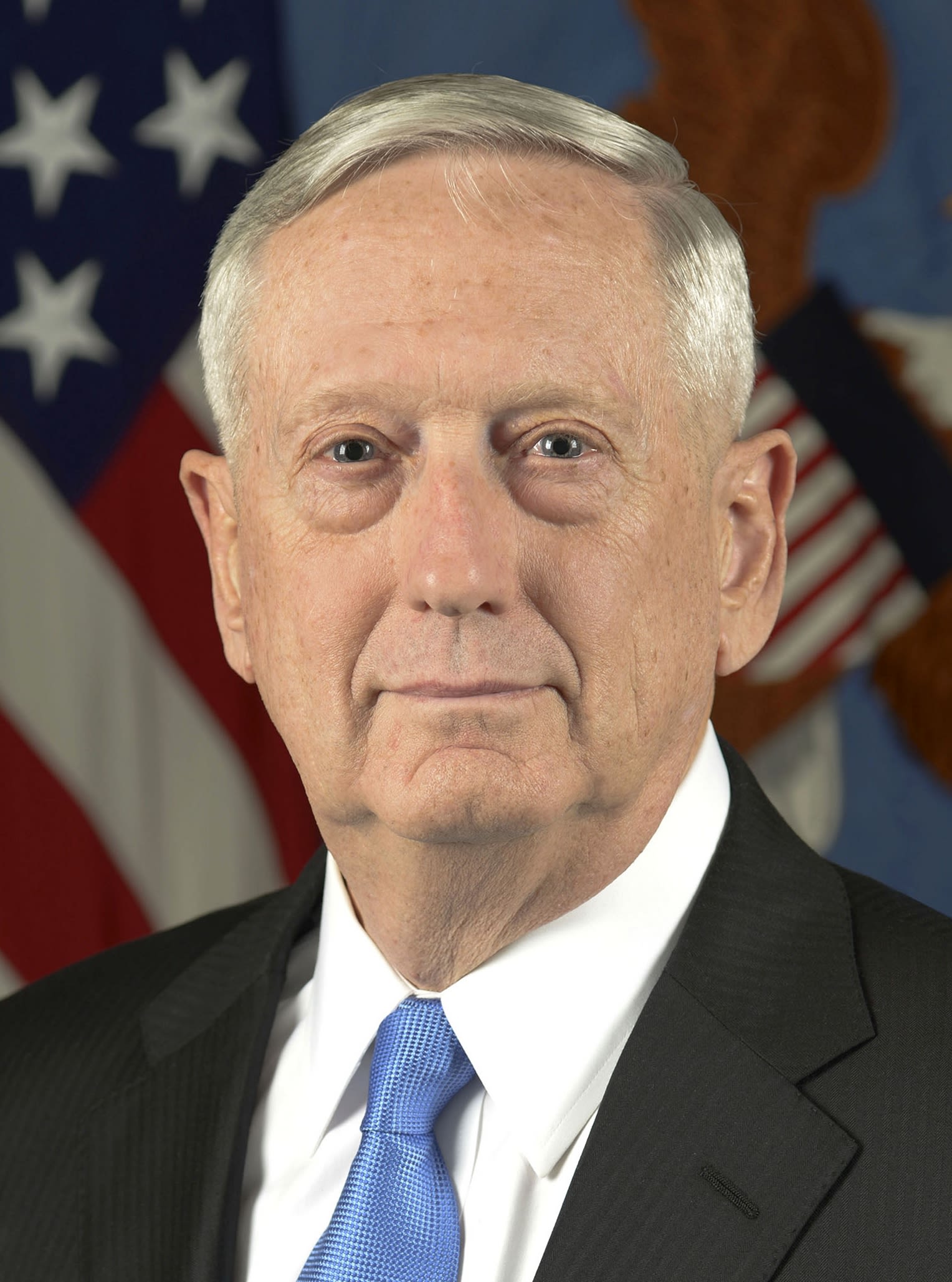
General James Mattis
General James Mattis
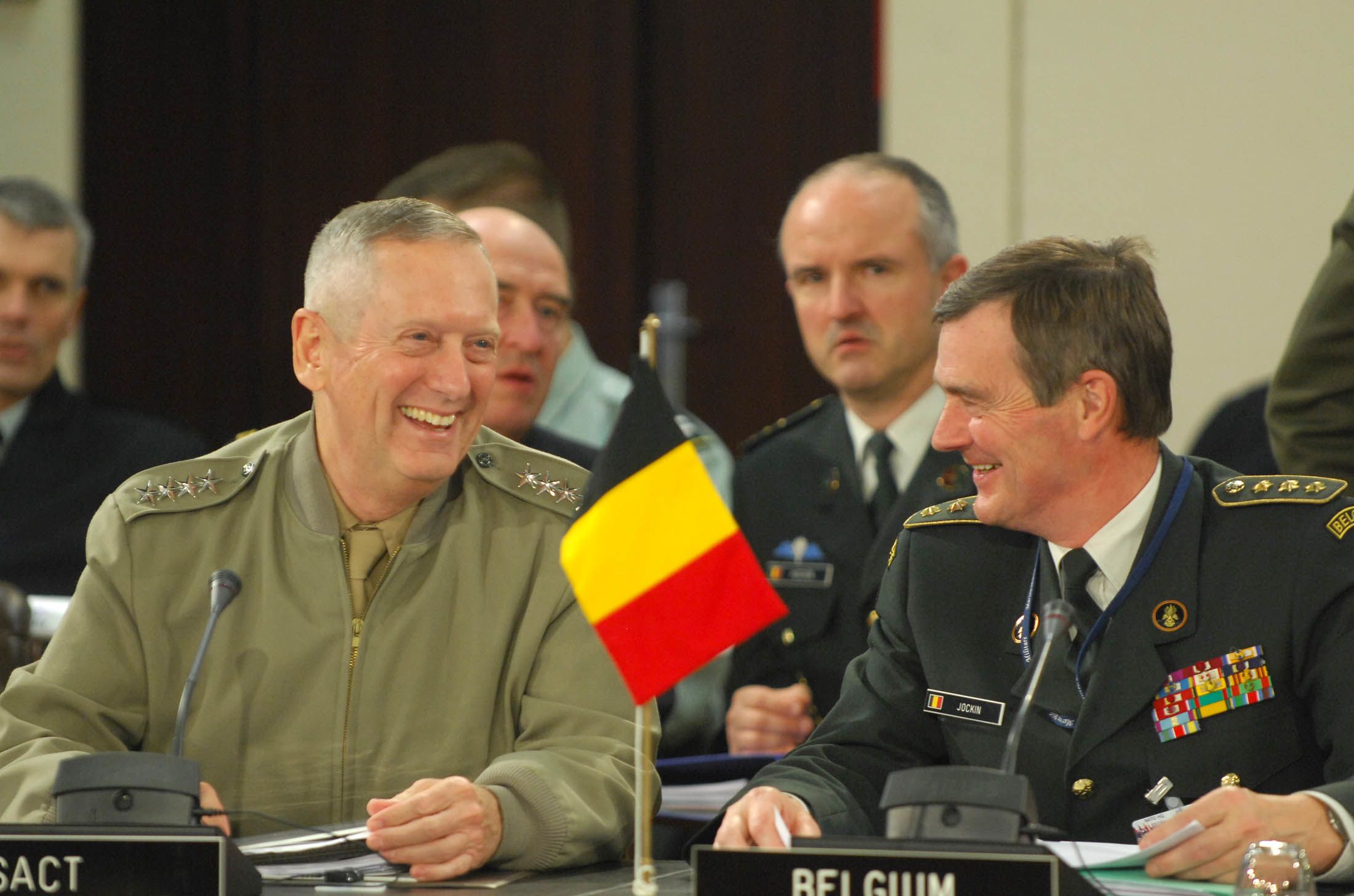
General James Mattis at the NATO-Ukraine meeting of the Military Committee, 2007. Source: North Atlantic Treaty Organization.
General James Mattis at the NATO-Ukraine meeting of the Military Committee, 2007. Source: North Atlantic Treaty Organization.

Lincoln gained the trust and respect of his subordinates by building strong alliances on personal and professional levels. He wanted to know how his people would respond in any given situation:
- Could they get the job done on their own, or would they be more likely to procrastinate and delay?
- Could they be counted on in an emergency, or would they be absent?
He also wanted to know who were the more able, more committed people around him, and who shared his sense of ethics and values.
In return, Lincoln wanted his subordinates to get to know him, so they would know how he would respond in any given situation. If they knew what he would do, he said, they could make their own decisions without asking.
A little more than a century later, Mattis began moving up the chain of command in the Marine Corps, with leadership philosophies much like those of Lincoln. “Trust is the coin of the realm for any leader,” Mattis says. “With trust, you can do just about anything, and without it, you can’t do anything.”
Trusting subordinates is not enough, though, he says. “You must be able to convey that trust in a manner that subordinates can sense.”
In Mattis’ words, which are similar to Lincoln’s: “Give your subordinates a lot of flexibility. Trust them to carry it out. Get to a point where you are comfortable having others do the steering, and then give them direction and let them do it.”
Mattis adds that they will make mistakes once in a while, and when they do, the leader has to stand by them. “As a leader,” he says, “you should tell subordinates and staff they just need to focus on their jobs, and you will deal with any repercussions that may result from a mistake.” A leader who reacts poorly to staff mistakes can be toxic, he says. “If you don’t want to pollute your system, don’t start promoting people who act like little tyrants to the staff.”
In any organization, he says, “you have to:
- have a sense of unity
- be transparent with one another
- be open with one another
- be unified in what you are doing.”
In recent statements, Mattis reiterates his beliefs on the importance of alliances, saying: “Nations with allies thrive, and those without wither,” and “In union there is strength.” He also points to unity, saying: “We must remember Lincoln’s ‘better angels,’ and listen to them, as we work to unite.”
A sense of unity also is important in the management of an OR suite. OR leaders who stay in touch with their staff members are more likely to gain an advantage that helps them build trust. Successful alliances, whether with staff, other departments, or administrators, puts them in a position of strength and power. Conversely, divisiveness breeds weakness.
Herein also lies the wisdom of Lincoln’s: “A house divided against itself cannot stand.”
Orth-Nebitt: In the OR, like the military, alliances and trust are paramount. For every surgical procedure, it is imperative that collaboration exists between anesthesia providers, surgeons, nurses, surgical technologists, and central sterile processing. This must happen for every case, hundreds and thousands of times a day.
The OR manager facilitates that collaboration—not minute by minute, but on a larger scale. Sometimes it is very difficult to get all of these people and these departments to work together smoothly. It is true that divisiveness breeds weakness in the military and in the OR.
We cannot provide a high level of care for our patients if we don’t trust that our instruments are sterile and that our anesthesia providers, surgeons, nurses, and surgical technologists are competent. We must facilitate a culture that unifies us through trust and accountability.
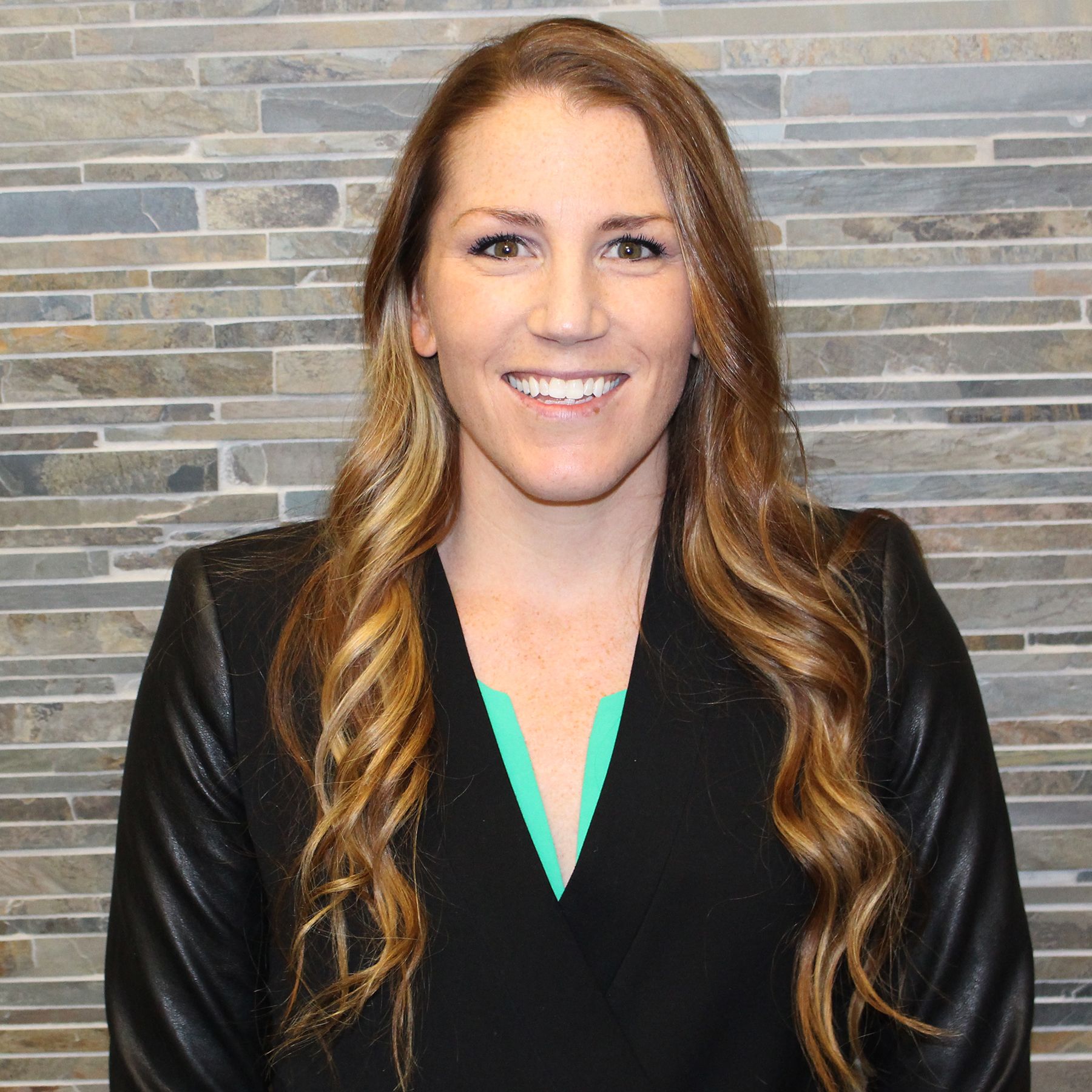
Casey Orth-Nebitt, BSN, RN, CNOR
Casey Orth-Nebitt, BSN, RN, CNOR
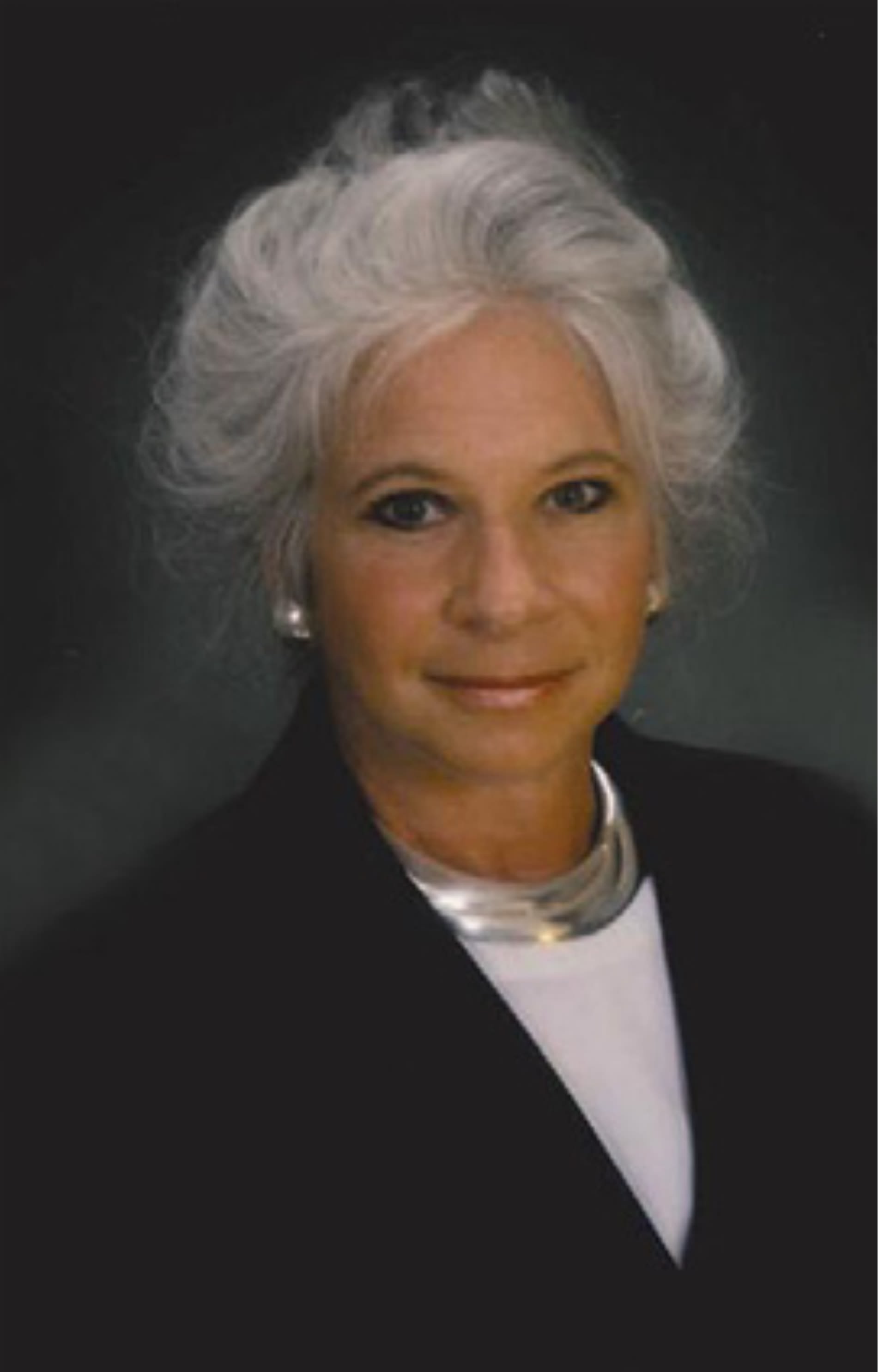
Patricia C. Seifert, MSN, RN, CNOR, CRNFA(E), FAAN
Patricia C. Seifert, MSN, RN, CNOR, CRNFA(E), FAAN
Seifert: It is amazing how many similarities there are between General Mattis’ leadership style and the leadership style of OR managers. The OR is not war, but certainly there is consistent risk for our patients—risk of serious injury and risk of death.
An OR manager’s job is a leader’s job—to develop a team composed of individuals with varying strengths and weaknesses, and to enable them to accomplish an objective.
General Mattis’ message on trust and standing by subordinates who make mistakes because of inexperience resonates with me. It is important to turn mistakes into learning opportunities rather than an excuse for blame.
I am reminded of a mistake I made early in my career, which could have caused an infection in a patient. I realized my mistake a few seconds after I made it, and I clearly stated to the surgeon what I had done. The surgeon swung around and illuminated my face with his headlight. My life flashed before my eyes.
He said: “Get the antibiotic.” I delivered the antibiotic solution to the sterile field and then waited for the end of the case, expecting to be fired. When the surgeon broke scrub and I was untying his gown, I said: “It was my fault, I am so sorry, it won’t happen again.” The surgeon looked at me and said: “Nobody’s perfect,” and he walked out of the OR. I wasn’t fired.
I have always remembered his response, and I have always tried to live up to the trust he placed in me. He knew I was inexperienced and made an honest mistake, but he and I also knew that a repeat of the same mistake would not be tolerated, and that I was expected to learn from that mistake. I applied these lessons in my interactions with staff and other colleagues throughout my career.
Another of General Mattis’ messages on the importance of alliances also rings true for me. Alliances are critical to performing successful surgery. One day we had to reopen a chest on a patient who had coronary bypass surgery. He started to bleed in the intensive care unit and had to come back to the OR to stop the bleeding.
We opened the emergency chest instrument set only to find that the wire cutters needed to reopen the sternum were missing. Missing wire cutters in an emergency cardiac set is unacceptable.
We had a backup set—a necessary precaution—and only lost a few seconds to successfully control the bleeding. However, I knew I had to discuss the situation with the sterile processing department (SPD) manager.
I thought about my approach and decided that screaming on the phone would not help. I called the SPD manager, calmly described the situation, and asked if I could do an in-service for the SPD staff to show them the importance of each instrument in a set and how each was used. I knew if they understood why the wire cutters were so important, it would give them a better understanding of why their jobs were so important and why each set had to be perfect. We never had another problem with instrument sets after that.
Snyder: General Mattis’ leadership style offers a powerful message on alliances, collaboration, and trust, which are integral to managing the OR. A recent example pertains to our wound, ostomy, and continence nurses, who are deeply rooted in our culture, and their coordination with our interprofessional Skin Champions team if a pressure injury occurs intraoperatively.
In the spring of 2018, I needed to select a nurse from the OR to serve as a member of the Skin Champions team. That person had to be someone I could trust and depend on, someone who had the commitment and the ability to lead change, and someone I could give direction to and who could take the reins.
My perfect candidate, though a recent OR nurse intern graduate, had years of experience in the GI lab. She was tentative at first to accept the position because of her novice OR experience, but I told her I had great confidence in her. She had a positive energy, which was just what we needed to strengthen our OR staff’s engagement in supporting the mission of our Skin Champion team to prevent pressure injuries.
To meet her initial needs and build trust, I told her my expectations and why I knew she could do the job, and then I coached her to build up her self-confidence, and I reassured her that our OR leadership team was always there to support her and back her up should it be needed or if mistakes were made.
It did not take long for my expectations for her to be realized as she successfully unified our intraoperative pressure injury prevention practices, and she met our goal of reducing OR-related hospital-acquired pressure injuries by 67% within a year. In recognition of her efforts, she was nominated for the Daisy Award in 2018 and the Nightingale Award for Advocacy in Clinical Practice in 2019.
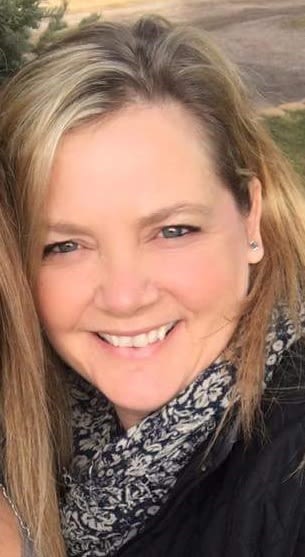
Adrienne Snyder, MSN, RN, CNOR
Adrienne Snyder, MSN, RN, CNOR

James Stobinski, PhD, RN, CNOR, CSSM(E)
James Stobinski, PhD, RN, CNOR, CSSM(E)
Stobinski: The theme of alliances resonates for me in the delivery of surgical care. Having worked in the OR for many years, I can remember when surgical teams were not the best at forging alliances beyond the OR walls. For many years, we had a very insular culture reinforced by physical barriers such as the familiar red line that precludes entry to the OR. In the mid-1980s, with the advent of reimbursement by Diagnosis Related Group (DRG), this all began to change.
The more recent initiatives by the Centers for Medicare & Medicaid Services to transition American healthcare to value-based care have markedly increased the rate of cultural change. Value-based care reimbursement ties the fate of the entire facility together and forces all of us, even OR staff, to work more closely together to coordinate safe, efficient care that maximizes reimbursement.
This is a relatively recent need to improve the quality of interactions with other departments and to build and maintain new alliances. These alliances harken to the remarks by General Mattis that, “In union there is strength.” I believe there are important lessons here for OR leaders.

Lincoln listened, paid attention, and worked hard at forging strong relationships with all of his subordinates. His leadership advice to his generals was: “Get out of the office and circulate among the troops.”
Though Lincoln was not popular with many of his subordinates, colleagues, and generals, he gained commitment and respect from them because he was willing to take time out from his busy schedule to hear what they had to say. He believed that simply spending time together and getting to know them could overcome mountains of personal differences and hard feelings.
Mattis’ approach to leadership, though like Lincoln’s, is advice handed down from another president, George Washington: “Listen, Learn, Help, Lead.”
“First you listen,” says Mattis, “but don’t just listen to rebut, listen so that you can learn what the issues really are. Then you help them with their issues, and in so doing you lead.”
Mattis also has a take on Lincoln’s advice to get out and circulate, which is: “Everyone fills sandbags.” When subordinates are in need of support, good leaders will roll up their sleeves and jump into the action, he says.
Mattis sees himself as a coach and believes that a leader should act like a player-coach. He says he prefers being out on the playing field because that’s where he gets his satisfaction, and when his promotions took him away from his close contact with the Marines in the field, it was hard for him.
“If you want to motivate your staff, you need to be personally motivated and be passionate about your work,” says Mattis. “They may not reach your management level, but that’s what you are coaching to try and do.”
I know that in my 15 years of working on cardiac surgery teams in Boston and Denver, the leaders I most admired and respected were those who would get out of the office, change into scrubs, and help circulate or scrub during an emergency, whether it was 3 pm or 3 am.
Orth-Nebitt: I love jumping in during emergencies, but it doesn’t have to be urgent to make an impact. I will mop the floor between cases to keep cases running on time. This gives me quality time with the staff—time to ask them about their families and time to ask them what they need from me. It has the added benefit of credibility, but I truly enjoy that time. I practice servant leadership.
Stobinski: OR nursing has long placed high value on the skills of those who do the unique and complex work of surgery. The ability to perform with a high level of competency in a diversity of services and types of cases earns the respect of your fellow nurses.
OR nurse leaders who are accessible and who maintain a presence in the OR rightfully earn the respect of their teams. A common bit of advice given to leaders early in their leadership path is to wear scrubs regularly and maintain contact in the semi-restricted areas of the OR.
This closely parallels the wisdom from General Mattis. It is difficult to understand the issues faced by your team if you are physically distant from their workplace experience.
Seifert: I couldn’t agree more about the importance of a player-coach. Having both clinical and leadership skills definitely strengthened me as a player and a coach.
I came to see my role mainly as a leader who had a clear vision, who had respect for all team members, and who genuinely wanted to help each team member succeed.
Helping people to succeed was a priority when I was selected to be the manager of a new cardiac surgery program. My guess was that I had been selected because I had an ability to work with “challenging” people. I knew nothing about cardiac surgery.
The cardiac team had recently been formed. The surgeon was reputed to be “difficult,” and the cardiac team members shared a similar reputation. On my first day, I was acutely aware of my cardiac surgery ignorance and admitted my ignorance to the staff. I also told them I would learn from them and that I would make them the best team in the OR. Nobody laughed out loud, but they were certainly amused.
I started with learning to circulate, then scrub. I asked a lot of questions and read numerous articles and books in the cardiac surgical, anatomy and physiology, pathophysiology, and related literature.
About 4 months into the service, my hard work paid off. I was asked to move up to the chest and assist the surgeon. The RN first assisting role was just starting. Only two states, Idaho and Virginia, allowed the practice.
I immediately began promoting the opportunity to first assist to other cardiac team members and started a first assisting class, which included surgeons, anesthesiologists, and staff members. More than 40 years later, the cardiac program continues to use RN first assistants.
It was as important to me that staff had the most recent cardiac surgery-related knowledge as it was for me to learn. It was crucial to share knowledge and never hoard it. I had seen such intellectual hoarding. I found it selfish and inconsistent with the goals of our program: to provide the best patient care and to develop the best cardiac team.
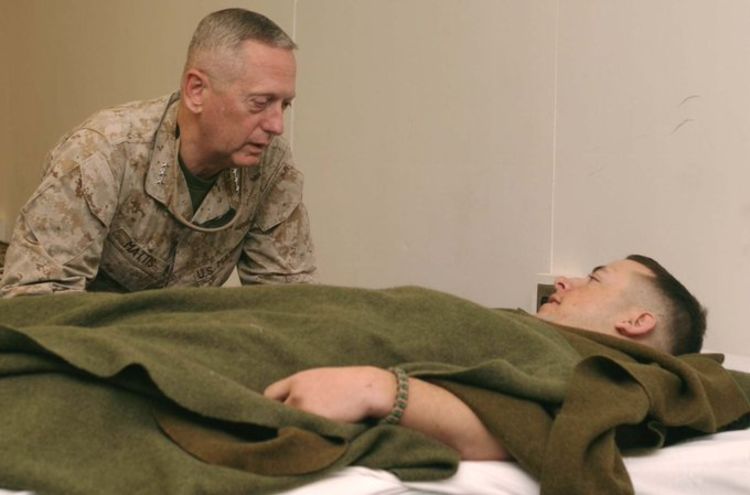
General James Mattis visits a wounded Marine in Iraq in 2006. Source: Department of Defense.
General James Mattis visits a wounded Marine in Iraq in 2006. Source: Department of Defense.

Mattis’ distinction as an exceptional leader, I believe, stems from three of his leadership philosophies—show affection, distinguish mistakes from lack of discipline, and reward risk takers.
He has a deep affection and love for his troops, and he is not reticent to talk about it. “It is affection, not popularity, that makes a great leader,” says Mattis. “If a unit is one where affection is allowed to grow by the leader, it will become a unit that the enemy can’t stop.”
Mattis describes discipline as “doing the right thing when no one is watching,” adding, “when Marines get sloppy, discipline breaks down, and people die.”
He also makes a distinction between lack of discipline and making a mistake. If Marines get sloppy because of a lack of discipline, he says, he has “very little sympathy for them.” But, if Marines make a genuine mistake because they are young and inexperienced, he advises, “hug them closer.”
Mattis also recommends that leaders “protect their mavericks and risk takers, and reward initiative and aggressiveness” because, he says, these are the individuals who can adapt quickly to any situation, especially emergencies.
As a commander, Mattis encouraged new one-star generals to not only take risks by challenging military doctrine but to protect the “oddballs” in their command. “Take the mavericks in your service, the ones that wear rumpled uniforms and look like a bag of mud but whose ideas are so offsetting that they actually upset the people in the bureaucracy. Protect these people because, if they are nurtured in your service, you will be ready when the enemy brings their contrary ideas to you,” he says.
Just as Marines can’t be undisciplined in a foxhole or they may die, an OR nurse can’t be undisciplined in the sterile environment of the operating room or patients may die. Aseptic technique in not negotiable, just as the values of the Marine Corps are not negotiable. It is the leaders in both professions who set the tone for teamwork and discipline.
Similarly, there is a distinction between a new OR nurse who makes a genuine mistake and a sloppy, undisciplined OR nurse. In my experience, when new nurses made mistakes, whether they remained OR nurses pretty much depended on whether their managers “hugged them closer” or berated and humiliated them in public.
Knowing my own personality and the personalities of OR nurses I worked with over the years, I firmly believe we are the mavericks of nursing. We know how to improvise and adapt in emergency situations. As our adrenalin surges, we have what I always called my “automatic calm.” Everyone works together, barely speaking, knowing what is expected, and executes a perfect performance, much like a symphony performing Mozart’s No. 41 or Prince Coqueluche and Sugar Plum dancing the Grand pas de deux.
Orth-Nebitt: I don’t think I can top the Mozart and Nutcracker analogy. However, I will say that unique people can add something new to the environment that you might not have known you needed.
We must appreciate each other’s differences—even the “Safe Suzy” who can slow the most efficient nurse down by constantly questioning her on her technique and processes. It is the leader’s job to find and develop the potential in each person. Safe Suzy might make a great OR Safety Team delegate, and the nurse you can’t slow down could champion turnover times.
When staff members have conflicts, leaders have to encourage them to appreciate the good that each person brings.
Stobinski: The description of discipline as “doing the right thing when no one is watching” has direct application to the work of surgery. I found this statement striking in its parallel to the work of OR nursing and the concept of sterile conscience.
Patients are in an extremely vulnerable state during surgery, and they trust that the entire surgical team will maintain aseptic technique guided by the sterile conscience of every team member. Sloppiness and breakdowns in discipline regarding sterile technique can lead directly to adverse consequences such as surgical site infections.
Doing the right thing for our patients is a necessity even if no one is watching.
During my active duty service in the Navy Nurse Corps, I learned that, as a leader, the mark of my career was not what I accomplished but rather what was accomplished by those I had mentored and helped along in their careers.
As a leader, you must give nurses who are early in their careers enough latitude to make their own decisions and to develop as leaders in their own ways. Emerging leaders will inevitably make mistakes.
Our work as OR nursing leaders is to help them learn from those missteps, encourage them, and ensure they do not repeat their errors. We provide the safe space for our successors to learn and grow.
Seifert: As in the military, discipline is imperative in the OR. We have the ability to do harm, which is one of the ever-present considerations that guides our practice. Note that “First do no harm” is part of the Hippocratic Oath of ethics taken by new physicians.
OR nurses provide an environment in which surgeons can do their best work. It is a crucial component of our jobs.
To use a military metaphor, OR leaders are the Marine Second Lieutenants who help the infantry to succeed.
As an OR leader, you are behind the red line with your staff members. You lead them, you work with them, and you do everything possible to help them succeed.
New techniques and technologies are constantly being introduced. When I would see an individual who displayed a positive attitude, was eager to learn a new technique, and was willing to take a calculated risk, I was confident that person would do well.
I have learned that people either live up to or live down to expectations. When I have expected people to do well and provided them with encouragement and the necessary resources, they have rarely disappointed me. On the other hand, if you expect people to fail, they also will rarely disappoint you.

When I read that one of Mattis’ leadership philosophies was: “You can’t drink your own whiskey,” I asked him what he meant by that. His answer: “It’s just an odd way of saying don’t listen so much to yourself or to compliments that you ignore contrary input.”
The ever-humble leader again gives us a hint of why he has gained the respect and esteem of his colleagues and subordinates alike. ✥
